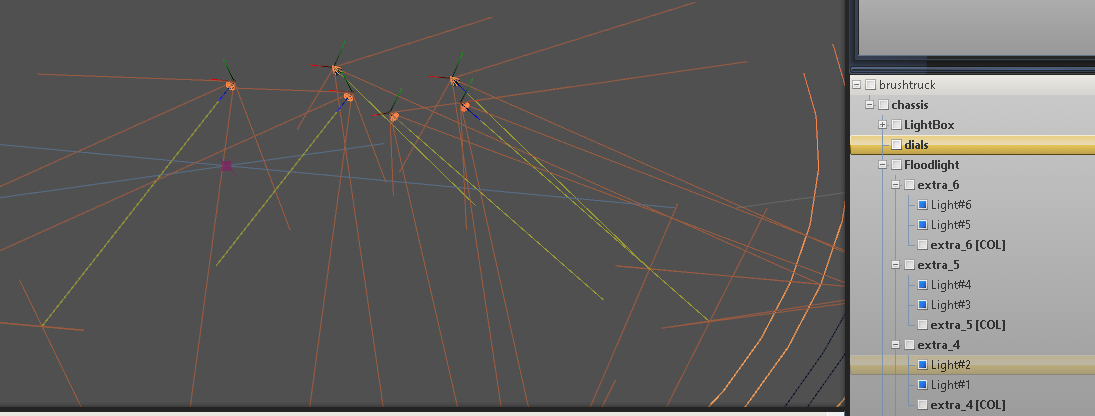
Otherwise, the model will loos an in-game interactive physics. ZModeler will create "_unknown_A.dat", "_unknown_B.dat" and "_unknown_C.dat" files nearby the imported file: in order to make an export, the export folder should contain copies of these files. Since blend skinning includes an unknown fragments in a geometry model, creating of blend skinning models is currently limited to constrain of reusing original "unknown" fragments. Thus, when loading "char01.xbg" model, you will get a "char01.skel" and "sh" root nodes.Īvailability of these two entries on export will turn on the blend skinning export scenario. mesh - this is the mesh that respective skeleton is affecting. skel and this is a skeleton base with hierarchy of bones, and the one with suffix. When soft-skin model is loaded into ZModeler, two items are created: the one with suffix. ZModeler support upto 8 affecting bones on each vertex, WatchDogs uses upto 6 affecting bones. This skeleton is then assigned as "influencing" to some mesh while mesh vertices have a pre-defined bone weights assignment on them. Soft skinning requires an assembly of bones arranged into a Skeleton.

As you might guessed, this technique is used for character models.
Zmodeler 3 no skelton node found series#
This technique allows to bend a shape by transforming a series of bones and simulate bending of joints in a leg or foot, or bending of a coat on a character. Softskin or blend skinning technique allows multiple bones to affect vertices with different influence weights, so transformation to bones would spread softly across the mesh volume. rigid suffix in root name to be exported properly. This might be a bit messy to understand, and you generally don't need to bother with these technical details, just keep in mind that vehicle requires a. On export this suffix will mean that all parts of hierarchy should be merged together into single mesh volume and the game will control parts with rigid skinning techniques. rigid suffix to the root node (for example, muscle_03.rigid). When you load the vehicle into ZModeler, you will see a hierarchy of parts, but this was actually a single volume of geometry that ZModeler has split into parts for simplicity.

Thus, the game can control individual parts of single geometry just like these are completely separated objects. The entire vehicle is single geometry volume (split into material groups), but each vertex can be bounded to some controlling bone, or consider it as "belong to one specific part". This is the commonly used method for the game vehicles. These suffixes will turn on/off different export scenarios in a filter, depending on purpose of the exported geometry file. Also, only used materials will get exported, so you can have a lot of different materials loaded in Materials browser.Īdditional ZModeler-specific name suffixes can appear in root object name. For example, you can have an original model loaded and kept in a renamed hierarchy branch, while you assemble an export model in another (properly named) hierarchy branch. Thus, you can have multiple assemblies loaded into ZModeler at the moment of export. When exporting a vehicle to a file named muscle_03.xbg, the filter will search your scene for a dummy node named muscle_03.xbg and if found, this node and it's children will get exported.

The root node is determined by the name of the file you are exporting to. The filter does not export an entire scene, it requires some base (root) node to start from.


 0 kommentar(er)
0 kommentar(er)
